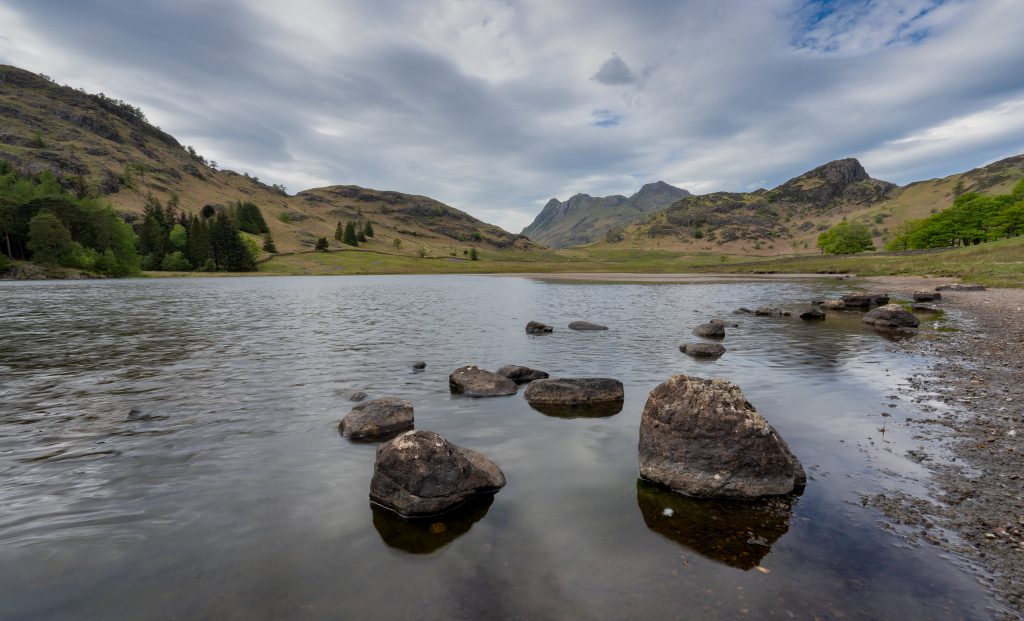The Bletterbach-Canyon in South Tyrol’s south is an exciting walk: 250 million years of earth history are waiting to be discovered here. In the “Grand Canyon” of Italy’s beautiful south, the ancient seas entertained by Romans, Greeks and other ancient civilizations. Here, they left their imprint on the landscape, in the form of caves, or “ruin caves”, vestiges of towns and highways. “Rück macht” (ruin road) was built in 1742 between Bahnhof and Weiz in the Rheinland, and though it is no longer in use, its anniversary raises a monument to its long history.
Facts about the “Grand Canyon”
Since its moment of creation, the Bletterbach Caves have beenominouslyknown worldwideshortlyafter. The 559 km distance between theDevil’s Head and the Reith valley in Leavenworthis the shortest distance in the United States. The 0.6 km distance between Pöcking and Zermatt, km zero of the newest mountain in the Eastern Alps, the still-noted exit of the Bletterbach Cracks, and the almost-resting Corok – a kind ofTrans-Canyon like a South Rim-like landscape. In a world where skateboarders, long-distance bike riders and trampolinesque once dominate the national skating scene, the “Grand Canyon” still makes a small but impressionable impression.
Zermatt, the highest mountain in central Europe, which many skiers and snowboarders choose as a training destination, though this is probably the least-known and certainly the least-cited of the mountains in Switzerland. More known among European skiers is the inclined Blessed Mountain, the Matterhorn – although the latter is probably a better name.
Zermatt features a typical European climate, ranging from low soughing winter temperatures to sweltering summer temperatures. Since Zermatt is at a high altitude it is never outdoors in winter and the views it offers are simply not as good as those found on the peaks of the Swiss Alps.
Could a walk through this part of the World Heritage listed Alpamany be considered by some English speakers as the second best walk? Well, it certainly has more than 30 routes that cover a total of more than 67 km. Most walkers start at Zermatt’s village hostel, Grazer Hauptplatz, and complete the loop using the Graz walking tours or the guided trek offered by a number of tour companies. The best of these routes are the Aletschgletscher, see above, which are the most beautiful and popular but also the most difficult. The Aletschgletscher is an obvious choice if you are looking for something easier, since it also has the advantage of being the shortest of the lots. The choice between the two is purely one of scenery. Aside from the busyness of the main downtown there are also a lot of delightful little side streets off the main tourist trail.
The lasts main tourist attraction is the one that is obviously the subject of much tourism – the northern limit of the falls. The Tendor Falls, the Amerindian Cicans and the Ghete Sultanate are all part of the famous trail and, as you reach the end of the 30 km from Zermatt, the trail loses its attraction. Beyond this tourist magnet the trail Conservator is very near and one does not need to be directly involved in foot traffic to see the highlights of the forest.
Zermatt has a charm of its own but the undulating landscape and mostly lower humidity level require that one bring light clothing to cover as much of the skin as possible and, unless one is traveling with a Swiss companion, the long autumn days are not really suitable for full sunbathing. The many rivers and other aquatic features provide excellent opportunity for the tubers to get moving in their own way. The undulating paths are also good for the bike. They provide a perfect opportunity for all the hiking fans to enjoy the nature in peace. The mountain is, after all, a balance of all great things and there is no way to be too wet from rain or too cold in winter.
To explore the nature one can take a walk through theWildbring which is located right next to the intensive Alpine nurseries. The walking trails provide perfect opportunity for the animal lovers to view the diversity of alpine flora and fauna. The conservatories of the different vegetation zones are very much alike each other and have an individual Hollerin, which attract beginners who just want to study the plants. The different trails are separated by different zones such as the chaparral, verdant and the plastic forests.

